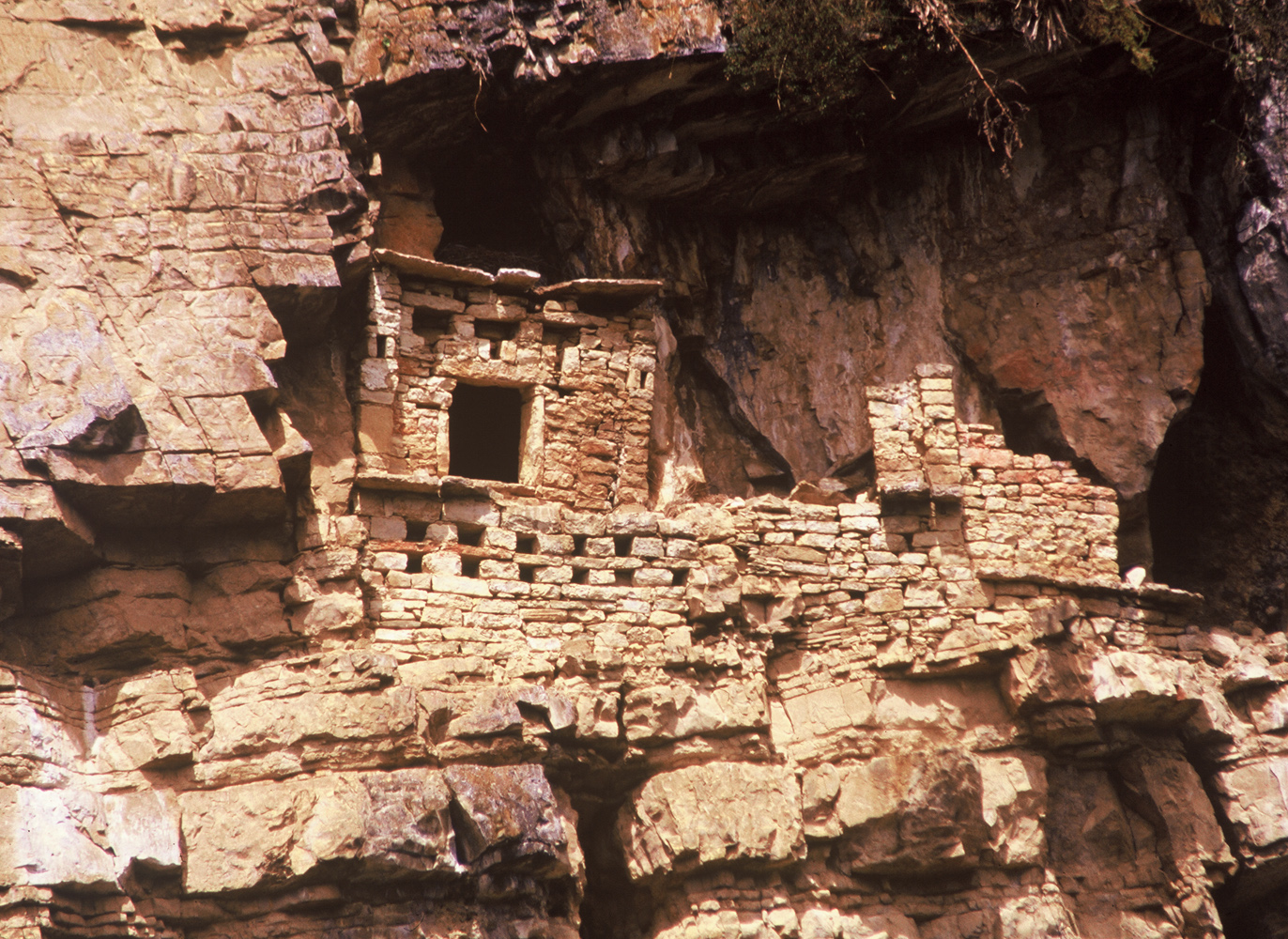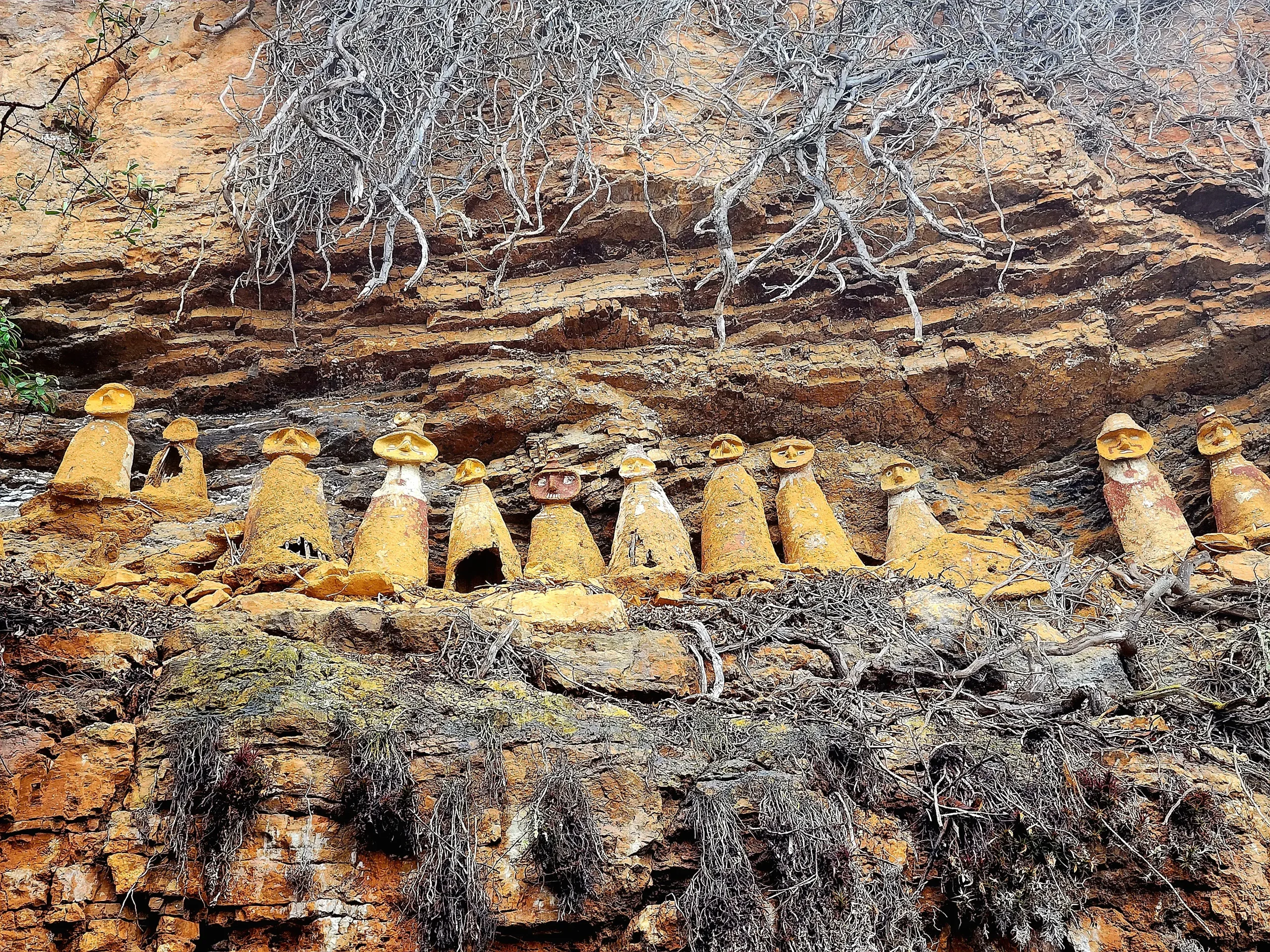Peru’s Chachapoya people, also known as the ‘Warriors of the Clouds,’ are a fascinating pre-Incan civilization that has captured the imagination of historians and archaeologists alike. Nestled in the remote northern highlands of Peru, these ancient people left behind impressive ruins and artifacts that tell a story of a sophisticated and enigmatic culture. Recent archaeological discoveries have shed new light on their history, revealing a complex society that thrived long before the Inca Empire.
A Glimpse into Chachapoya Culture

The Chachapoya civilization, flourishing from around AD 800, predates the Inca by over six centuries. They inhabited the rugged terrain where the Andes merge into the Amazon basin, a landscape of dramatic mountains, deep canyons, and towering waterfalls. This unique environmental setting nurtured a loosely unified society of cacicazgos, or small kingdoms, which engaged in agriculture and served as intermediaries in trade between the Andes and the Amazon.
At its peak, the Chachapoya population may have reached 500,000. They were known for producing powerful shamans and fostering a robust warrior ethos. Interestingly, unlike many other ancient South American civilizations, the Chachapoya seemed to have eschewed rigid hierarchies, as suggested by their relatively egalitarian burial practices.
Archaeological Discoveries and Insights

Much of what we know about the Chachapoya comes from their funerary sites, often located on hard-to-access limestone cliffs in Peru’s cloud forests. These sites are characterized by sarcophagi with humanoid faces and cottage-like mausoleums adorned with rust-red imagery. These stone tombs, or chullpas, reflect a vigorous independent culture distinct from their Andean neighbors.
However, many of these chullpas have been looted, and others were repurposed by the Inca, complicating archaeological investigations. A significant discovery occurred in 1996 at a cliffside overlooking the Laguna de los Cóndores, which unearthed over 200 Inca-era mummies, ceramics, silver objects, wood carvings, and unique red-hued textiles. These artifacts are now housed in a museum in Leimebamba, offering a glimpse into the sophistication of Chachapoya culture by the time of the Inca conquest.
The Kuélap Fortress

The most magnificent surviving testament to Chachapoya civilization is the ruins of Kuélap. This urban, political, and religious site sits 3,000 meters above the Utcubamba River valley on a misty mountain ridge, defended by 20-meter-high walls. Kuélap predates Machu Picchu by at least 700 years and showcases remarkable stone masonry skills.
Unlike other South American civilizations that built rectangular dwellings, the Chachapoya constructed circular limestone structures with conical thatched roofs. The walls of Kuélap contain human remains, suggesting they were used as ritual burial sites. Inside, over 420 buildings have been identified, including family dwellings and a ceremonial center.
The Mystery of the Chachapoya

Despite the monumentalism of their structures, many questions about the Chachapoya remain unanswered. The ruins of Gran Pajatén and the recently discovered La Penitenciaría de la Meseta highlight the ongoing mystery surrounding this civilization. These sites, along with yet-to-be-discovered locations, hold the potential to unlock more secrets of the Chachapoya people.
Conclusion
The story of the Chachapoya is still being written. As new archaeological discoveries emerge, our understanding of this enigmatic civilization continues to grow. The Chachapoya were a resilient and sophisticated people, whose culture and achievements remain a testament to their ingenuity and spirit. In the coming decades, further research may fill in the gaps, providing a more complete picture of these remarkable ‘Warriors of the Clouds.’
The legacy of the Chachapoya serves as a reminder of the rich and diverse history of pre-Columbian civilizations in South America, inviting us to explore and celebrate the cultural heritage of ancient Peru.
